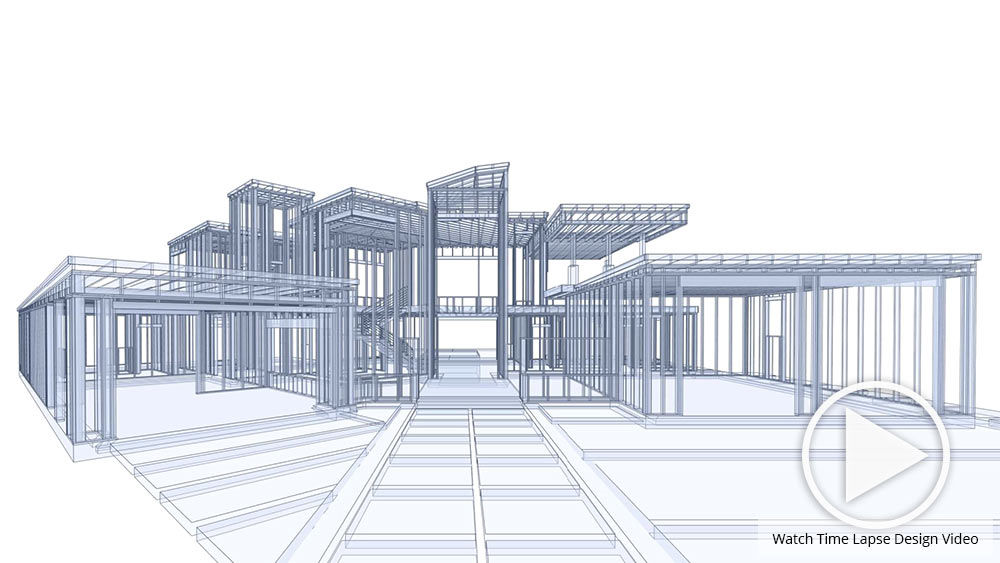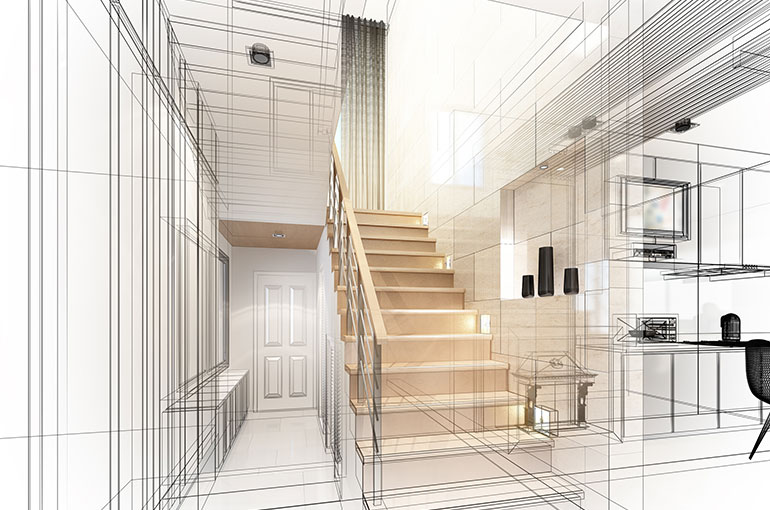A Detailed Summary of Architectural Designs and Their Impact on Modern City Planning and Growth
Building designs have actually long offered as a mirror to the societal values and technological developments of their time, playing a vital duty fit modern-day city planning and growth. From the majesty of Neoclassicism to the utilitarian approach of Brutalism, each design has actually presented distinct ideas that affect metropolitan aesthetic appeals and performance. As contemporary challenges occur, consisting of sustainability and area needs, recognizing these historic structures comes to be necessary. The resulting dialogue not only educates future design techniques however additionally raises pertinent concerns concerning the equilibrium in between heritage and innovation in our progressing urban landscapes.
Historical Introduction of Building Designs

As societies transitioned via the Center Ages, Gothic architecture arised, identified by its verticality and complex outlining, mirroring the spiritual aspirations of the era. The Renaissance noted a revival of timeless suitables, combining art and architecture in cutting-edge manner ins which influenced succeeding designs across Europe.

Today, building styles proceed to progress, driven by globalization and sustainability worries, showing a dynamic interaction between heritage and innovation. This historic overview highlights the significance of design as a mirror of societal advancement and as a driver for urban development.
Secret Architectural Styles Explained
The diversity of architectural styles shows the myriad influences that form our developed atmosphere, each symbolizing distinct characteristics and cultural values. Key building designs consist of Classical, Gothic, Baroque, Innovation, and Postmodernism, each representing unique historic contexts and aesthetic philosophies.
Timeless design, rooted in ancient Greece and Rome, emphasizes balance, percentage, and making use of columns (cda architects). In comparison, Gothic design, flourishing between Ages, is identified by pointed arcs, ribbed safes, and flying buttresses, developing an angelic quality in cathedrals. Baroque style, emerging in the 17th century, is marked by majesty, fancy embellishment, and a dynamic interaction of light and shadow
Modernism, which obtained momentum in the early 20th century, prioritizes feature over type, making use of brand-new materials like steel and glass to develop minimal structures. Postmodernism, reacting against the austerity of Modernism, accepts eclecticism and historic reference, typically incorporating spirited aspects and irony.

Influence On Urban Preparation
In shaping the development of cities, architectural styles considerably influence metropolitan preparation decisions. The selection of building style usually dictates the visual appeals, functionality, and overall character of urban settings.
Moreover, building designs can influence zoning guidelines and land make use of plans. Urban planners must take into consideration the dominating building trends when creating areas, making certain that brand-new developments integrate with existing frameworks. This consideration fosters cohesive urban landscapes and enhances area identity.
The execution of specific architectural styles can additionally influence socioeconomic aspects within a city. High-end modern designs may bring in wealthy citizens and organizations, leading to gentrification, while more budget friendly housing solutions could prioritize functional and sustainable designs to fit varied populations. cda architects. Inevitably, the interplay in between architectural styles and metropolitan preparation develops vibrant cities that mirror both historic context and contemporary needs, shaping the lived experiences of their citizens
Sustainability and Modern Design
Building designs play a crucial function in addressing modern challenges, especially in the world of sustainability. As metropolitan locations broaden and ecological worries increase, modern style progressively welcomes sustainable style principles that focus on power performance, resource conservation, and marginal ecological influence.
Contemporary architectural movements, such as biophilic design and green style, supporter for frameworks that balance with their surroundings, making use of all-natural products and promoting biodiversity. These styles usually incorporate eco-friendly power sources, such as photovoltaic panels and wind turbines, to lower dependence on nonrenewable fuel sources and reduced carbon footprints.
In addition, the combination of innovative modern technologies, such as wise building systems, improves power administration, enhancing source usage while ensuring resident comfort. Ingenious water monitoring strategies, including rain harvesting and greywater recycling, further add to sustainable metropolitan settings.
Significantly, sustainability expands past ecological issues; it includes social and economic measurements. By fostering neighborhood wellness and advertising inclusivity, modern-day building designs align with sustainable growth objectives. Subsequently, the index development of architectural practices proceeds to form durable cities that not only satisfy the demands of today yet also guard the future for generations to find.
Community Engagement in Layout
Neighborhood engagement in layout works as an important bridge in between engineers and the populaces they offer, ensuring that the developed setting shows the needs and aspirations of its individuals. This collective process invites neighborhood participants to add their understandings and choices, cultivating a sense of possession and responsibility toward the spaces they populate.
Efficient community engagement uses different techniques, such as workshops, studies, and public online forums, to gather varied perspectives. These techniques help with a two-way discussion, allowing engineers my site to understand neighborhood contexts while equipping homeowners to articulate their concerns and desires. This inclusivity not just boosts the style high quality but likewise advertises social equity by attending to the one-of-a-kind challenges faced by marginalized teams.
In addition, community engagement can bring about cutting-edge remedies that could not arise in a conventional style process. By incorporating local understanding and social worths, engineers can create rooms that resonate more deeply with customers, enhancing usability and sustainability. Inevitably, focusing on community engagement in layout procedures results in settings that nurture social communications, assistance well-being, and reinforce area ties, therefore playing a pivotal role fit modern metropolitan landscapes.
Final Thought
Building styles have profoundly influenced modern city preparation and development, reflecting evolving cultural and technical contexts. The integration of historical looks with modern requirements promotes metropolitan environments that prioritize sustainability and community engagement. As cities continue to grow and adjust, the recurring dialogue in between architectural heritage and modern style principles will continue to Get the facts be crucial in creating inclusive, dynamic rooms that boost lifestyle and promote social equity. The future of urban growth depend upon this harmonious balance.
Comments on “How CDA Architects Deliver Cutting-Edge Solutions for Sustainable Architecture”